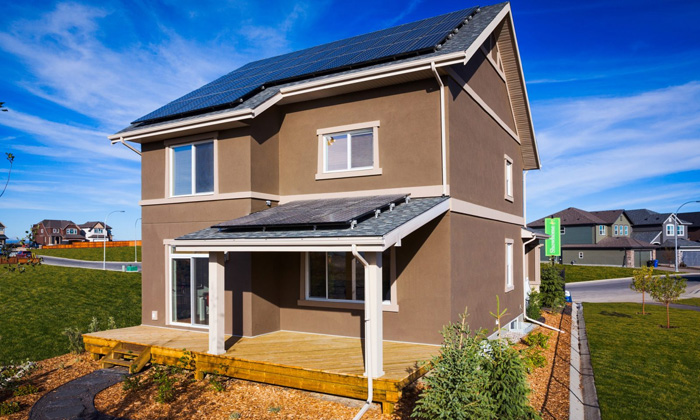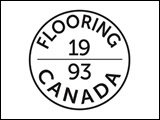George Klassen recently built a new house choosing features that would provide good economic returns and reduce net energy consumption. We will be posting several articles describing the efficacy of these features. These include Styrofoam insulation, air source heat pumps, solar EV systems, and other features.
In 2018, we moved from an older house in the country to a new house in Steinbach. Our previous house was heated by electric baseboards and by a wood stove. I cut and split all the firewood for over 25 years. Ventilation consisted of bathroom fans and opening windows and doors. For our new house, we had the opportunity to select from the latest technologies in heating and air conditioning, energy conservation, and energy generation. It was almost like stepping out of the Stone Age into the present, not always in a good way.
One key decision was to heat with electricity rather than natural gas. This choice was made because hydro electricity is a renewable fuel and it can serve all of the energy needs in the home. Using electricity from a renewable source reduces our reliance on fossil fuels, and thus reduces carbon emissions, essential to reducing climate change. In terms of energy consumption, an all-electric house is ready for a fossil fuel-free future.
I found several Manitoba Hydro programs that provided advice and financial assistance for residential energy conservation and solar energy production. A key resource was an energy consultant, Gio Robson, who works with some of these programs. Our building contractor provided us with the costs of various energy-saving features. These costs ranged from hundreds to thousands of dollars, significant on their own in terms of affordability. In addition, when combined with information on energy savings provided by Gio Robson, they could be used to calculate a return on investment in energy conservation and production. For example, a feature might cost $4000 and produce an energy saving of $200 per year. That represents a return of 200/4000, or 5% annually on the investment.
Further, the return on the investment for various features could be directly compared for “bang for your buck”. This was an aid in choosing features for our new house. There are many factors in these numbers, specific to different situations, so I will use my numbers but only in a general way. The features we considered were:
- Additional Styrofoam insulation on exterior walls.
- Triple pane windows filled with argon.
- Increased ceiling insulation, from R50 (required by code) to R70.
- Advanced HRV (Heat Recovery Ventilation) system to automatically adjust for outside air conditions.
- An air conditioner that also functions as an air source heat pump.
- Solar panels to produce electricity.
Returns on investment varied from 2% to 11%, with the heat pump showing the highest potential savings. We chose all of the above items except item 1.
The energy savings calculations have value beyond making choices: by adding up the individual energy savings and energy produced and comparing with the estimated total energy use of our house, one can estimate what progress is being made on the road to Net Zero Energy status. A net zero energy home produces as much energy as it uses on an annual basis. Other factors in the decisions included personal preferences and the difference between built-in non-mechanical features such as insulation and mechanical features such as the HRV and air source heat pump.
The projected numbers (detailed in future articles) indicate that all of the chosen items should pay for themselves, some of them several times over, for the period of their useful life. Instead of costing, these features are saving/making money.
Beyond the money, I feel that we are making a small contribution to the the changes our global society must make.




